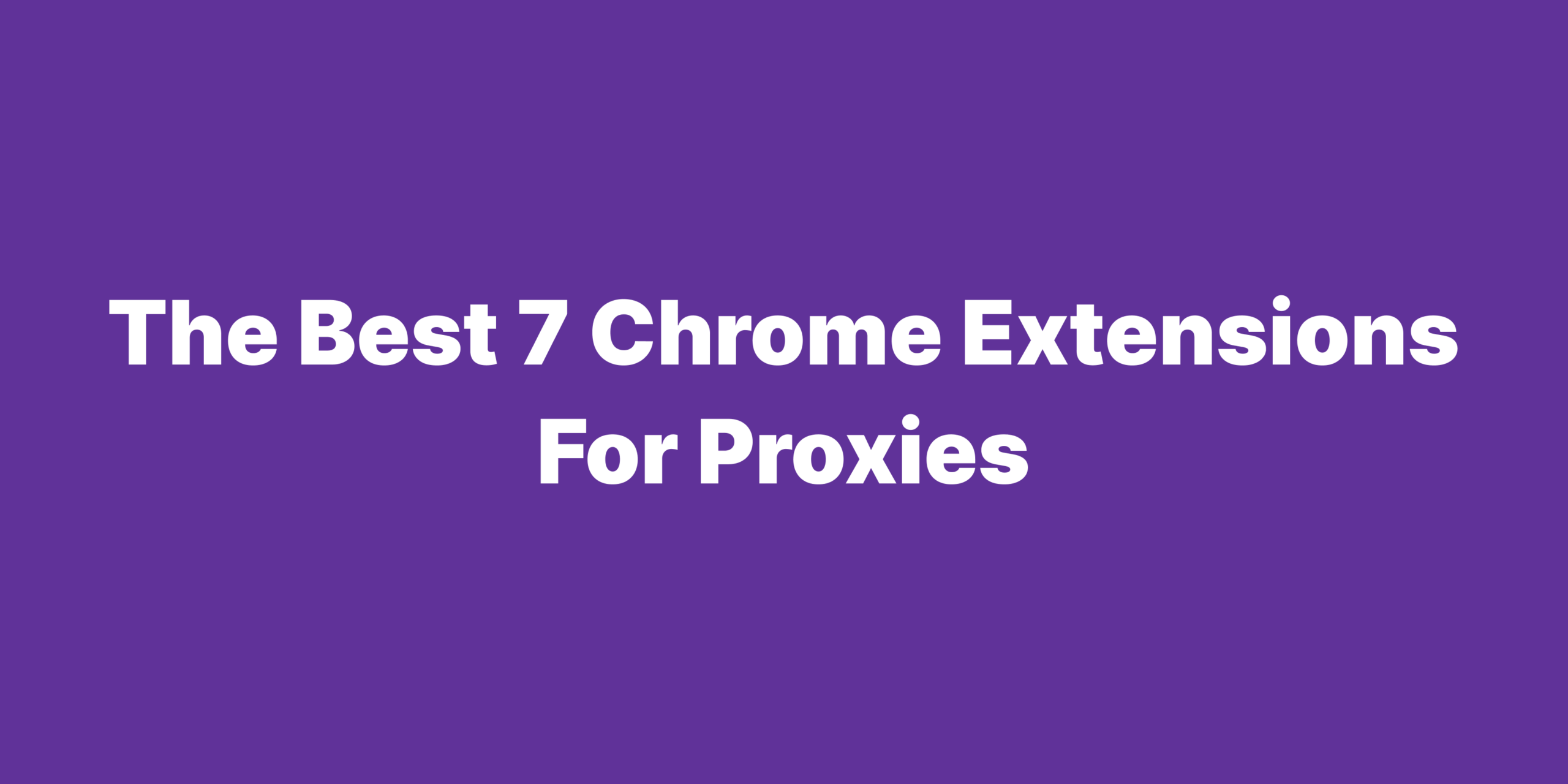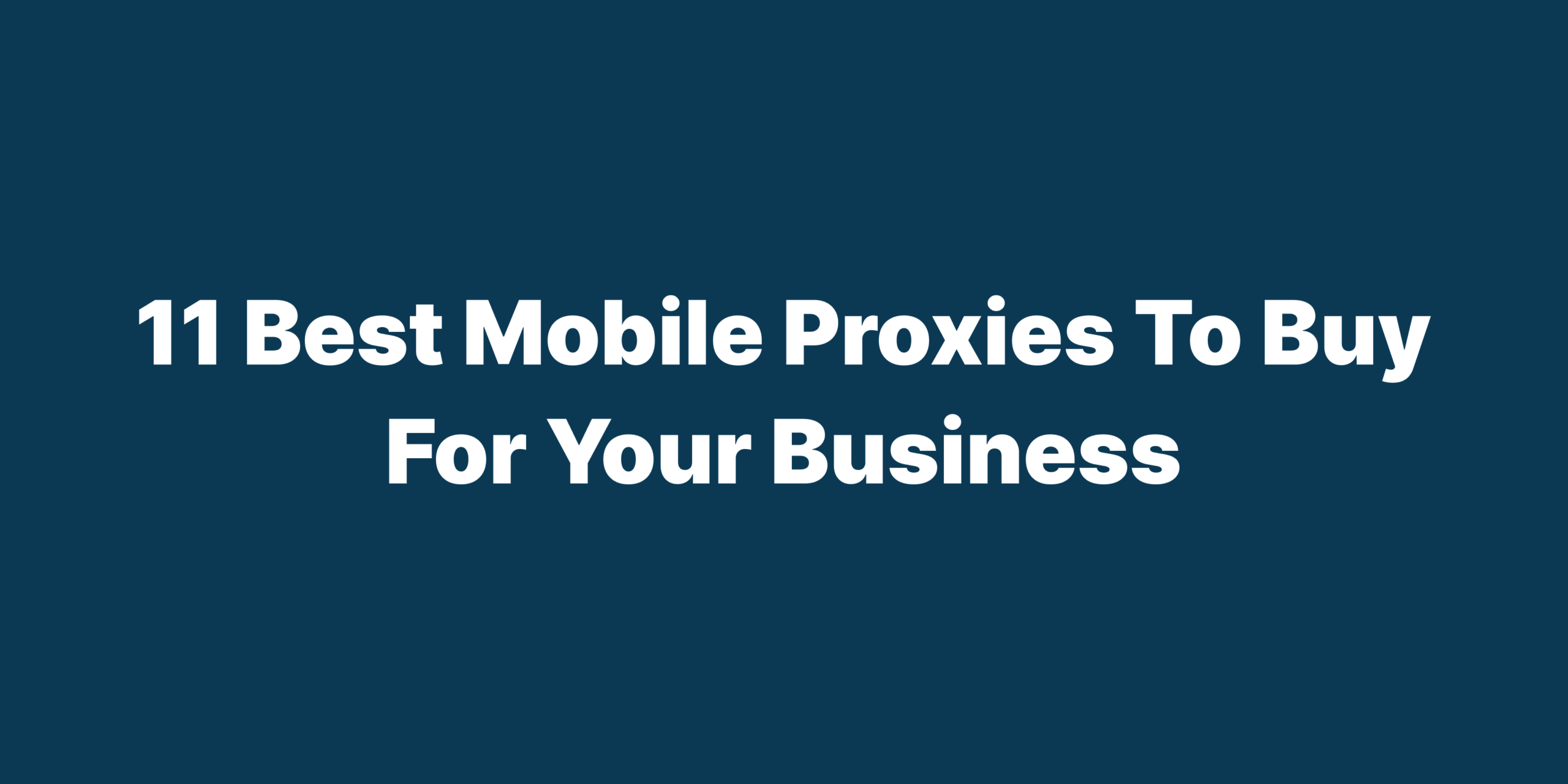In the intricate dance of web scraping, SOCKS5 proxies emerge as a sophisticated tool, offering unparalleled flexibility and efficiency in data extraction processes. This latest iteration of the SOCKS network protocols distinguishes itself by supporting both TCP and UDP connections, paving the way for more secure and anonymous web scraping endeavors. As we delve into the nuances of SOCKS5 proxies, we uncover their critical role in circumventing geographical restrictions, minimizing the risk of detection, and optimizing performance across diverse web scraping tasks. Integrating these proxies into your scraping strategy, especially when combined with a reliable web scraping API, can dramatically enhance the effectiveness and scope of your data collection efforts, setting a new standard for what’s possible in the realm of digital information gathering.
As an enhancement of the SOCKS protocol, SOCKS5 supports advanced networking technologies, including the UDP protocol and IPv6. However, it’s worth noting that modern HTTP and HTTPS protocols also support these technologies.
When it comes to web scraping, the choice of proxy protocol doesn’t significantly affect the process, although SOCKS5 proxies often prove to be more reliable than their HTTP counterparts. When selecting a proxy for your scraper, it’s crucial to consider client support. While the SOCKS5 protocol is generally considered superior, its implementation can be more challenging and it may not always be available.




